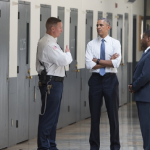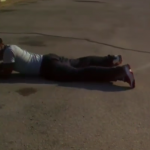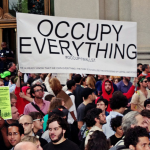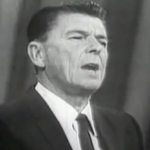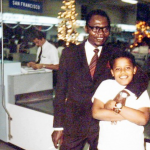Visitors who walk into the Smithsonian National Museum of African-American History and Culture will experience a walk through the history of America that doesn’t include many notable black conservatives. It’s not surprising, really, as the Left isn’t all that interested in including the accomplishments of the Right in its version of American history.
The museum boasts over 36,000 artifacts representing at least 100,000 people and yet, there are a handful of VIPs left out and the only possible explanation is their conservative politics. At a cost of $540 million, half paid by taxpayers, it’s a shameful omission.
For instance, other than a passing mention alongside Anita Hill (who is featured multiple times), Supreme Court Justice Clarence Thomas is reduced to a footnote as someone Hill accused of sexual harassment, not the game changer he is. Perhaps curators forgot that Thomas is only the second black justice to sit on the high court when he succeeded Thurgood Marshall, the liberal Civil Rights leader.
Another Republican leader is missing, as noted by CNSnews.com: Edward Brooke, the first black man to win a U.S. Senate seat in America by popular vote in 1966. Noted economist Thomas Sowell is also missing as is his fellow conservative economist, the great Walter E. Williams. Sen. Tim Scott (R-SC) has two notable distinctions: He is the first black man since Brooke to be elected to the Senate and the first ever to be elected in the South since 1881. Yet, Scott gets no mention. Others are listed by CNS:
- Alveda King, niece of Martin Luther King Jr., who served in the Georgia state legislature and is a pro-life advocate with Priests for Life.
- Michael Steele, first African-American chairperson of the Republican National Committee, who served from January 2009 until January 2011.
- Kenneth Blackwell, mayor of Cincinnati, Ohio from 1979 to 1980, the Ohio State Treasurer from 1994 to 1999, and Ohio Secretary of State from 1999 to 2007.
- Shelby Steele, American author, columnist, documentary filmmaker, and a Robert J. and Marion E. Oster Senior Fellow at Stanford University’s Hoover Institution.
How can a museum that promises to show “powerful moments in African American history, culture, and community” leave out these important contributors? Here’s what the chief spokesperson, Linda St. Thomas had to say:
“There are many compelling personal stories about African Americans who have become successful in various fields, and, obviously, Associate Justice Thomas is one of them. However, we cannot tell every story in our inaugural exhibitions.
“We will continue to collect and interpret the breadth of the African American experience.”
The operative word being “interpret.” In other words, stay tuned, we’ll get right on that.

